History

The Scottish bishop John Lislie, who moved to Raphoe around 1633, a stronghold of Presbyterianism since the plantation, was the main responsible for the construction of this palace around 1636, as a date stone on the building suggests [1-4].
During the Irish Confederate Wars (1641-1653), as he was a royalist, he fought against both the Irish and the Cromwell’s Parliamentary army, acquiring the nickname of “Fighting Bishop” [1]. The palace was taken by Cromwellian forces in 1650 [2] however during the Commonwealth period, altgough being on the losing side, the bishop was allowed to remain in Raphoe and, when King Charles II was restored to the throne in 1660, as a reward for his loyalty, he recommended the bishop to the Irish House of Commons [1]. He also received a monetary gift from the King, that he used to buy some lands in County Monaghan, where his descendants currently live [1]. Bishop Leslie died in 1671 aged 100 [1].
 The castle was burned by the Jacobites in 1688 during the Williamite War and was then repaired by Bishop Cairncross [2, 4]. Restoration works have been carried out after John Pooley was appointed Bishop of Raphoe in 1702 and more renovations were performed after the 1798 Rebellion, when the castle was attacked by the United Irishmen [3, 5].
The castle was burned by the Jacobites in 1688 during the Williamite War and was then repaired by Bishop Cairncross [2, 4]. Restoration works have been carried out after John Pooley was appointed Bishop of Raphoe in 1702 and more renovations were performed after the 1798 Rebellion, when the castle was attacked by the United Irishmen [3, 5].
Several bishops added elements and altered the initial structure through the years, till it was destroyed by a fire in 1838 and since then Raphoe castle is a ruin [1].
Located on a hill overlooking the town of Raphoe, the palace consists of a detached five-bay three-storey over basement bishop’s palace, having full-height towers to each of the four corners that give to the clerical dwelling the aspect of an Italian Renaissance fortified palace [2]. The defensive purpose of the building is also confirmed by its prominent hilltop siting and the several gun-loops [2]. The sign of the various bishops who lived at the palace is proved by the many ornamental elements that they added over the years. For more information about the architecture, we encourage the reader to visit [2].
References
- [1] Robert O’Byrne, "The Irish Aesthete: Ruins of Ireland", Cico Books, 2019
- [2] National Inventory of Architectural Heritage, Church of Ireland Bishop’s Palace, RAPHOE DEMESNE, Raphoe, DONEGAL
- [3] The Irish Aesthete, From Bishops to Bullocks
- [4] Ask About Ireland, Bishop Leslie and his Castle
- [5] Wikipedia, Raphoe Castle
Other useful links
- Wikipedia, Irish Confederate Wars
- Wikipedia, Irish Rebellion of 1798
- Wikipedia, Laggan Army
- Donegal Daily, LOCAL DELIGHT AS BISHOP’S PALACE, RAPHOE RECEIVES HERITAGE GRANT
- Monreagh Heritage Centre, BISHOP LESLIE – RAPHOE CASTLE
- Your Irish Culture, Raphoe Castle (Bishop’s Palace)
- Go To Ireland.com, Visit Raphoe Castle.









